3D metal printing is gaining momentum
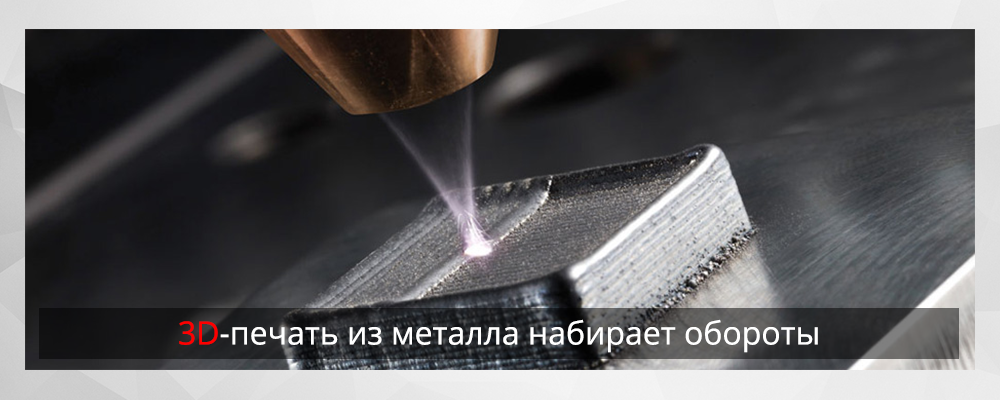
While designers and engineers succeed in 3D printing in prototyping and small-volume parts made from plastics and polymeric materials, recent progress in the manufacture of metal parts using additive metal technology has made some of the most amazing 3D printed parts ever made. 3D printing.
Interestingly, the term of the main patents on 3D metal printing expires at the end of 2016. And while the massive use of FDM 3D printing by an ordinary consumer does not yet meet the expectations of the majority, 3D printing from metal enables product developers to use the full potential of 3D printing, which is not inferior to traditional casting or machining methods, and in some cases surpasses them in price and production speed of the series.
3D printing from metal implies an additive production technology using metal powder. We are dealing either with the direct laser sintering of metals ( DMLS ) or with the method of selective laser melting (SLM), which is called differently, solely because of patent wars.
')
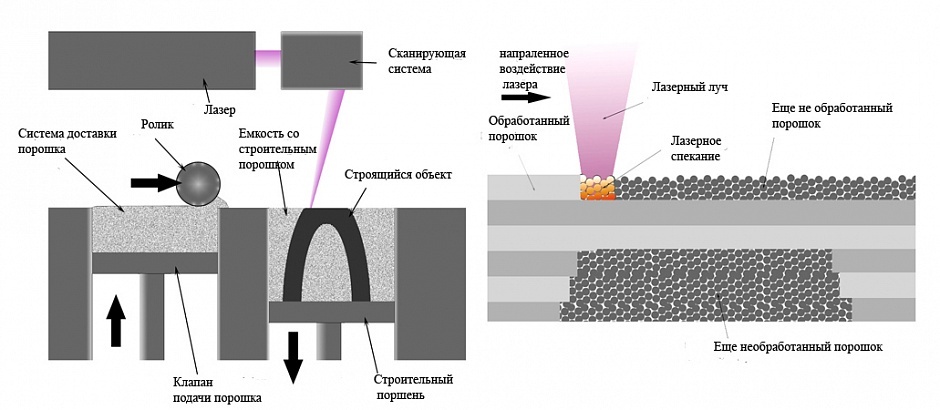
In contrast to the traditional technology of manufacturing metal structures based on cutting, milling and stamping, 3D printing metal parts are created in layers, by fusing the material under the action of a laser beam, which literally draws the shape of each layer until the object is completely ready.
The combination of modern design tools that optimize modeling and analysis to create an optimal design - for example, the manufacture of lightweight lattice structures that are functionally optimized and suitable for production using additive technology - allows not only to reduce the time of manufacturing parts, but also to get much stronger and lighter products compared with parts made using traditional production methods.
Thus, in the field of space research, industry leaders SpaceX Ilona Mask and NASA use all the possibilities of 3D metal printing to produce parts of rocket ships, which allows them to significantly reduce costs and at the same time improve their performance. SpaceX makes extensive use of metal parts for the combustion chamber of the SpaceX SuperDraco engine.

NASA was able to develop a turbo pump for its rocket engine, which contains 45% fewer parts than pumps manufactured using traditional manufacturing techniques. It seems that soon the entire rocket engine will be “assembled” on a 3D printer. It is only a matter of time.
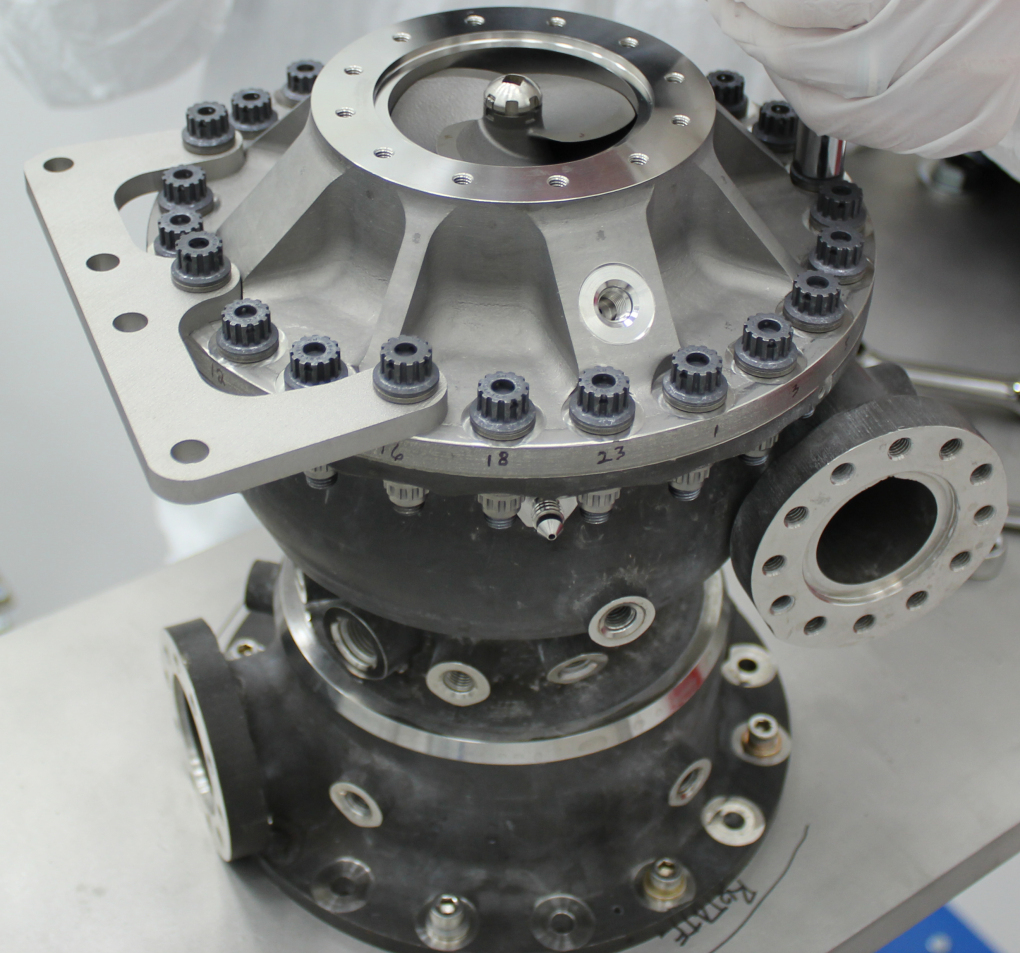
Thus, in some industries, the success of 3D printing can be exaggerated, but its achievements can not be recognized in others.
Return to Earth. The aerospace industry is one of the fastest growing industries using 3D-printed metal parts, which can significantly reduce the overall weight of the aircraft and at the same time increase the efficiency of assembly with the ability to customize the structure. Today, the aircraft manufacturing giant, Boeing Corporation, has produced more than 20,000 parts manufactured using additive technology for successfully implemented aircraft.
Similarly, Airbus makes extensive use of various 3D-printed parts in its aircraft. The company even shared its unique technology with other professionals not working on Airbus. The bionic design of standard products is gaining momentum with the use of 3D printing in view of the considerable ease of construction and with equal strength characteristics of the necessary elements.

Just like the metal parts printed on the 3D printer, they completely change how we travel by air, both in space and on Earth, they provide outstanding advances in healthcare. The prospects are so promising that the US Food and Drug Administration approved the use of 3D-printed metal implants for medical procedures. Companies appear in Russia that make unique individual endoprostheses using selective laser melting systems
metal.
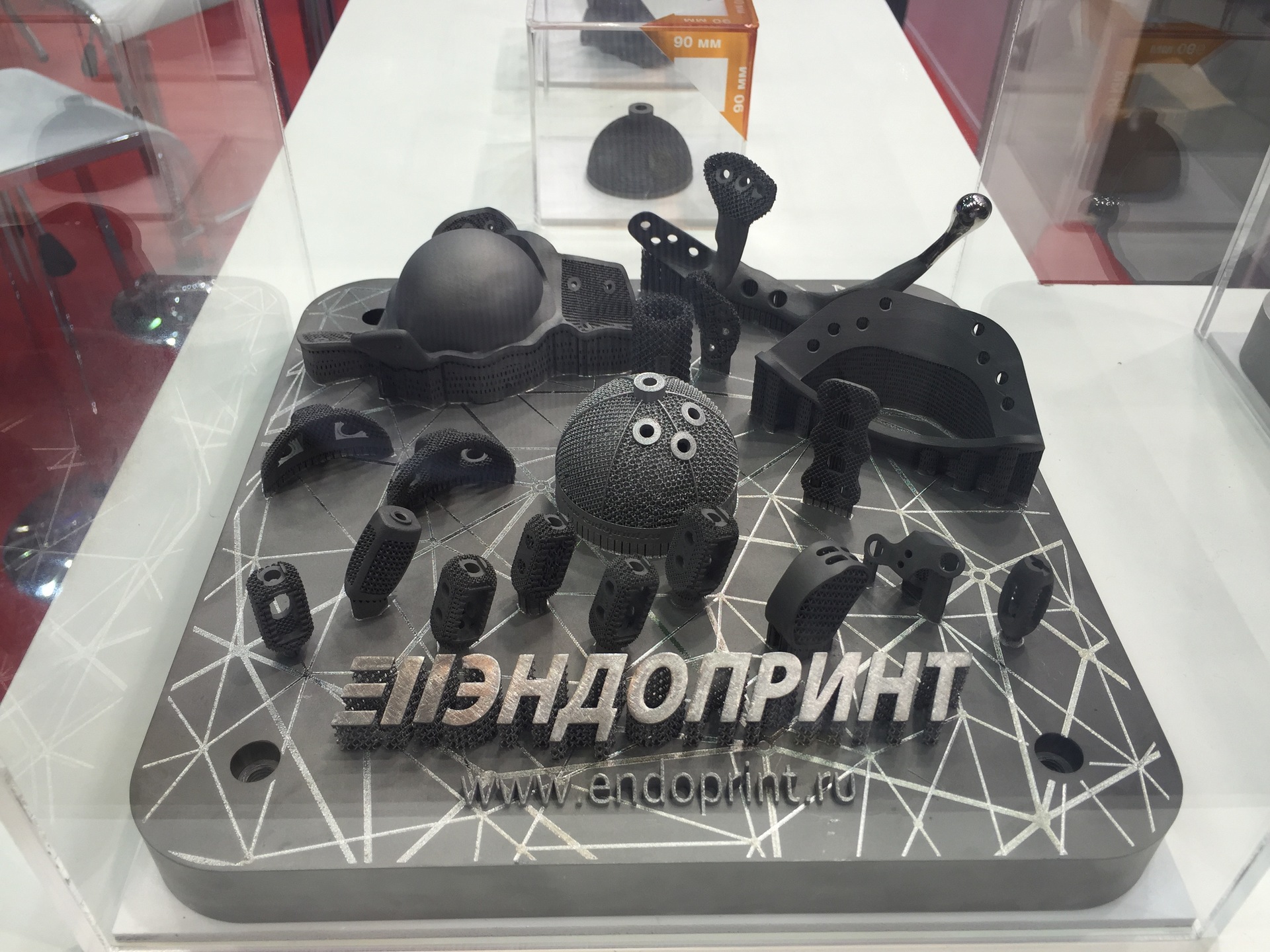
Among recent advances in metal printing in the medical sector, a titanium skull implant and a rib cage printed on a 3D printer are worth mentioning. The skull implant and the rib cage were custom-made for cancer patients using digital images after tumor removal operations.
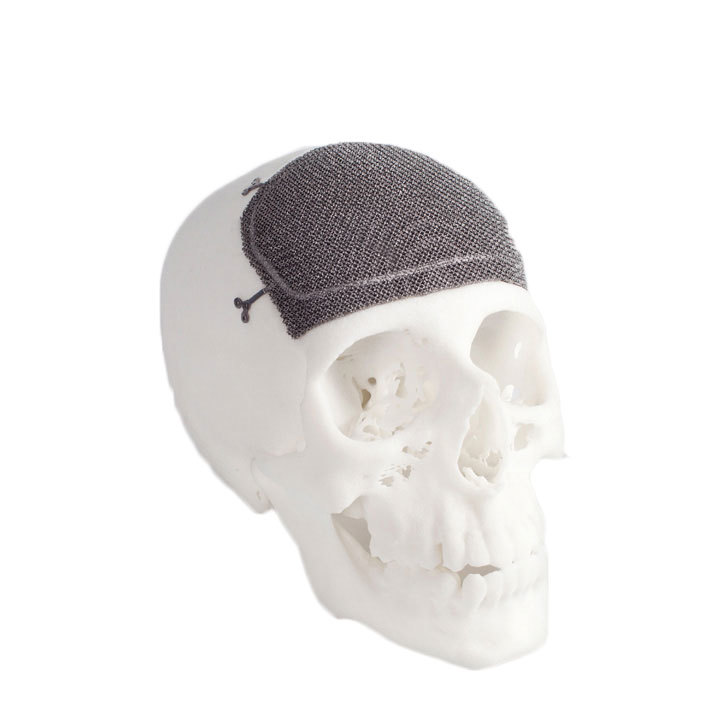
Subtractive methods for the manufacture of metal parts, including turning, grinding and crushing, helped us create the most amazing products and technologies over the past 200 years, but we only had a few years to understand how additive metal fabrication technology can be effective.
Together with the powerful functionality of modern software - CAD and the ability to create new geometric elements that could not have been created in another way, industries that widely use complex metal products - in particular, the space and aerospace industries, healthcare - are experiencing a real revolution in production, thanks to 3D printing capabilities.
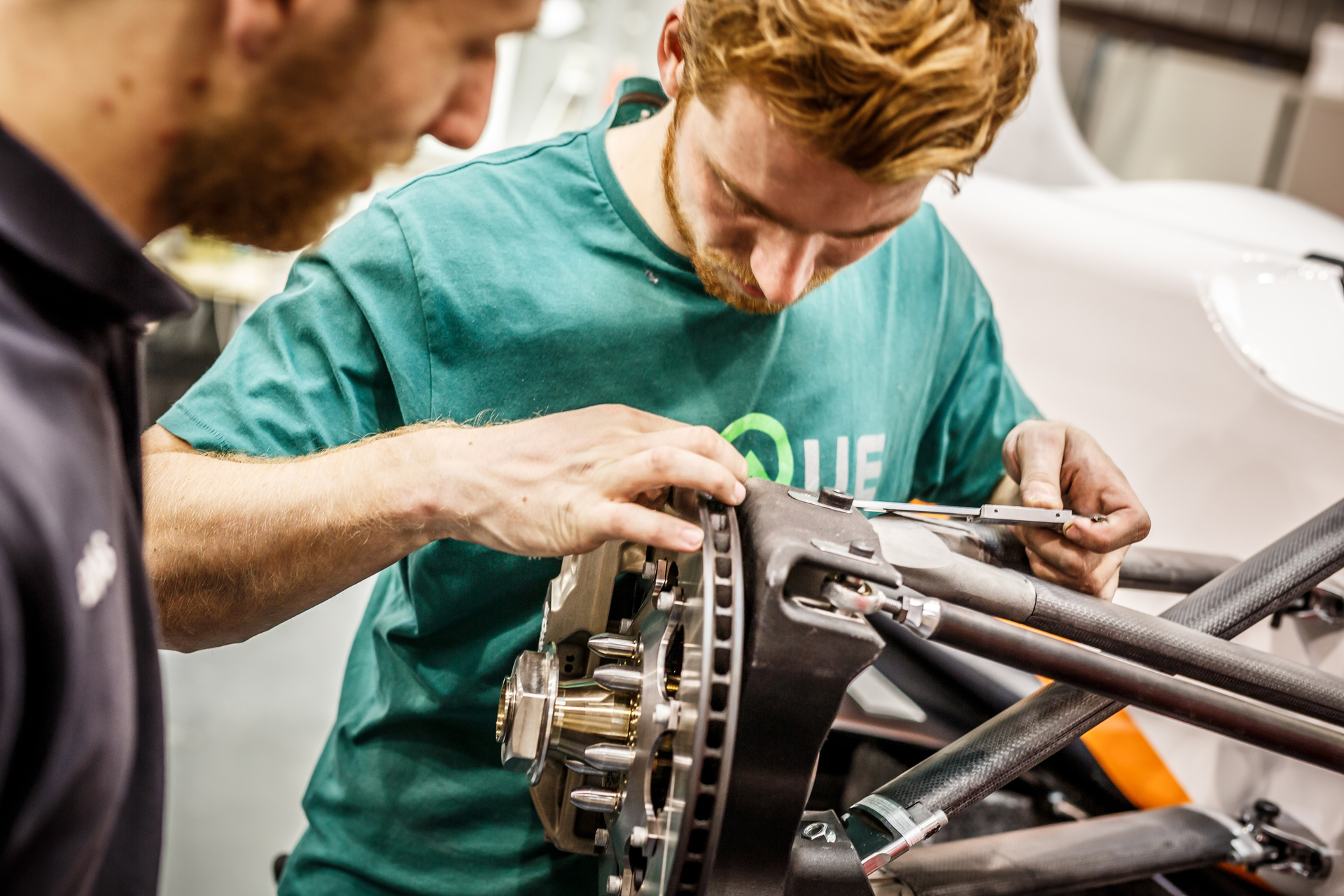
3D printing meets the requirements of these industries in the production of complex metal parts, manufactured to order and in a relatively small volume. With new 3D printers and materials appearing here and there, there is nothing surprising in the fact that the demand for 3D metal printing continues to grow.
While installations for selective laser melting remain expensive and cumbersome, require qualified personnel and special requirements for the installation site, and industry giants are fighting to increase the size of the construction area, the Desktop Metal start-up team went the other way. Their idea is to produce a printer that is available not only to giant corporations, but also to small engineering companies.
The startup for creating an affordable SLM printer today has attracted almost $ 100 million, and among investors were well-known companies such as NEA, Kleiner Perkins Caufield Byers, Lux Capital, GE, Stratasys and others. In addition, Desktop Metal's neighbors are successful start-ups that have already gained momentum: Formlabs , MarkForged and Voxel8 , which gives additional hope in the near future of a budget DMLS printer, following budget SLA and FDM systems .
Want more interesting news from the world of 3D technology?
Subscribe to us in the social. networks:




Source: https://habr.com/ru/post/397195/
All Articles